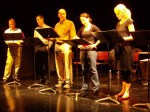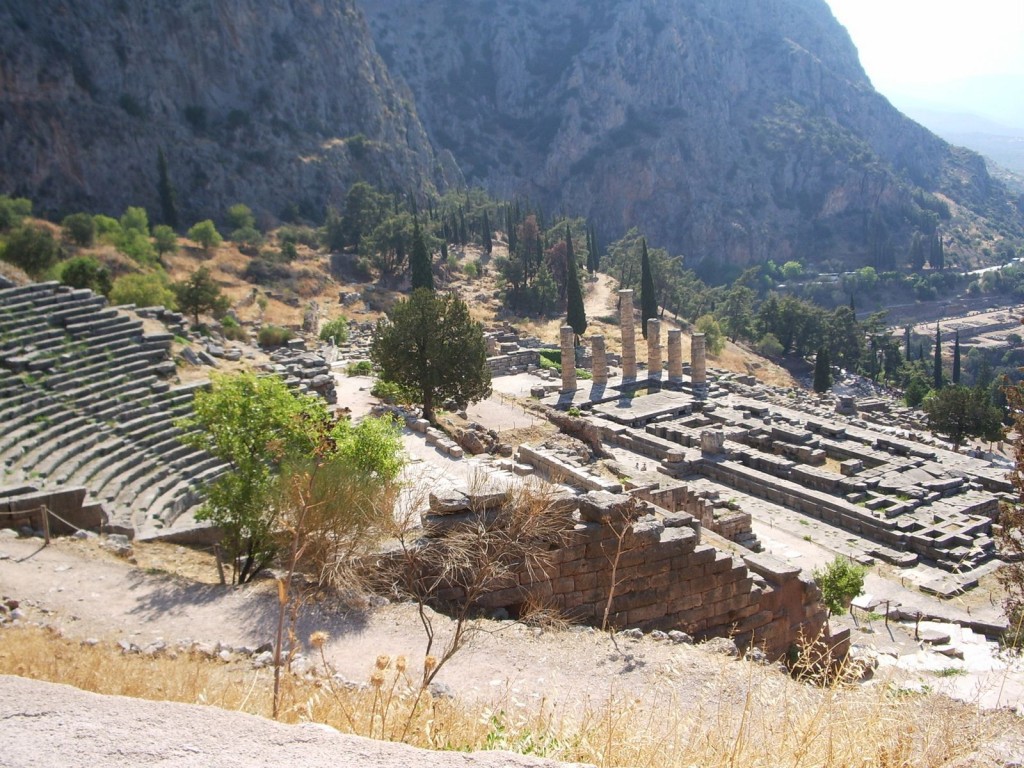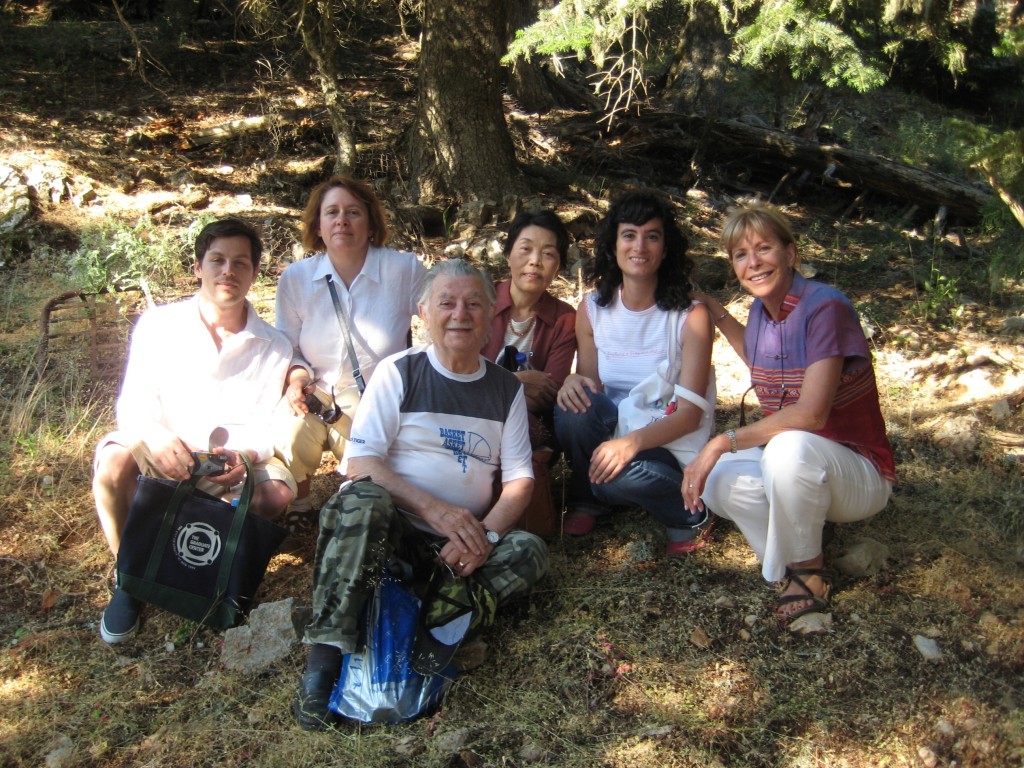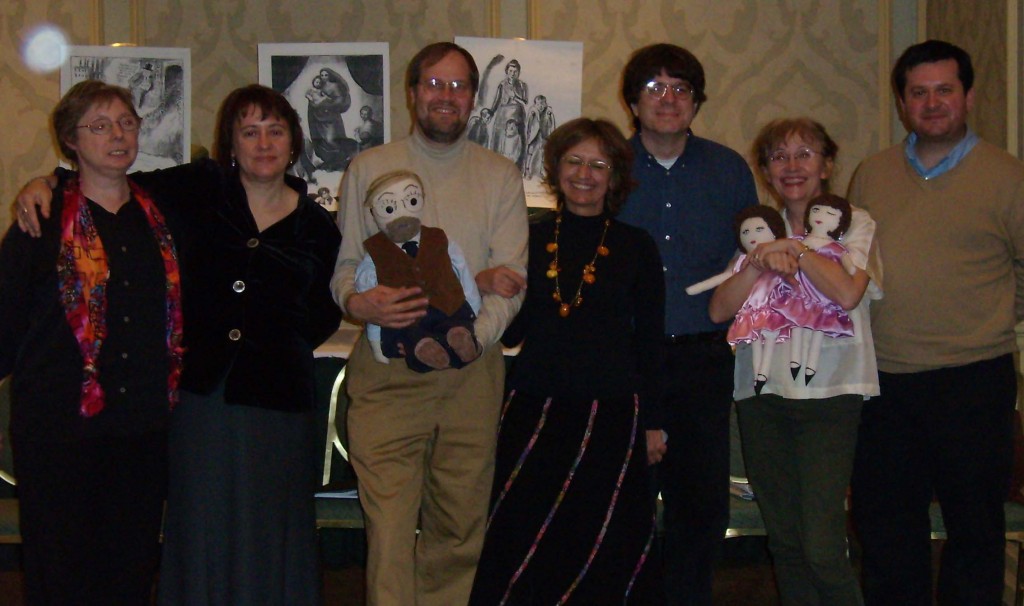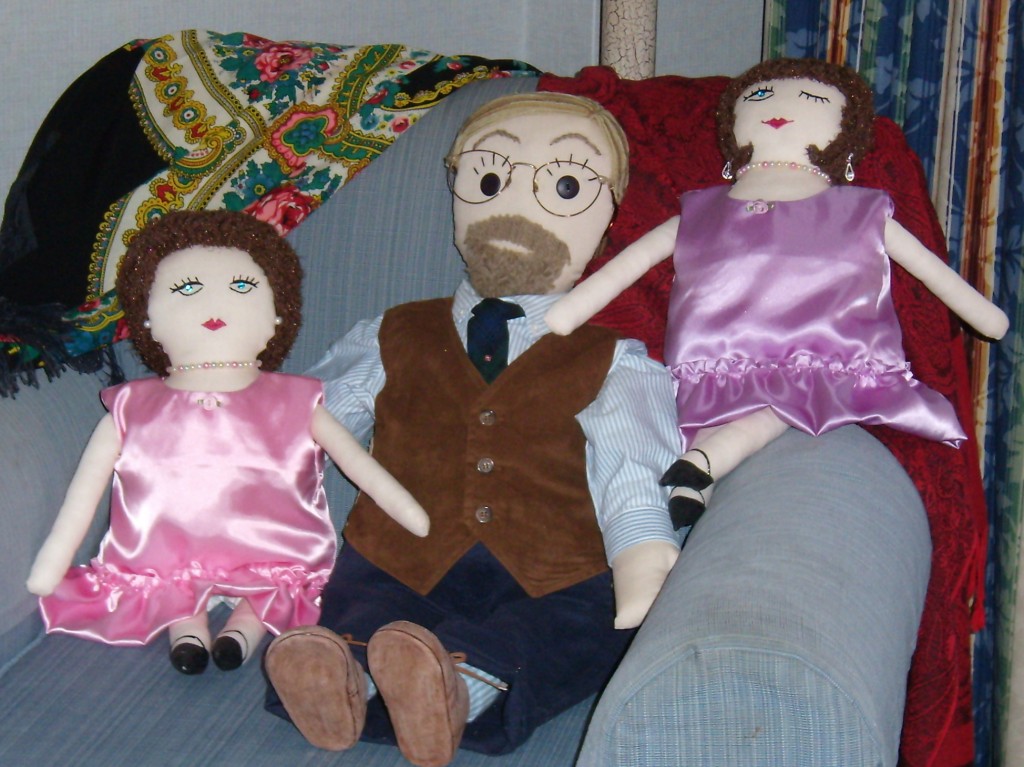May 27-30, San Francisco.
Panel: “Intertextual Exchanges: Susan Glaspell.”
Chair: Drew Eisenhauer, University of Maryland.
Following our successful collaboration in 2009, once again the Susan Glaspell Society joined forces with the American Theatre and Drama Society, the Eugene O’Neill Society, the Arthur Miller Society, and the Thornton Wilder Society to collaborate on a series of panels and roundtables on the theme of “Intertextual Exchanges” conceived in the broadest sense. Topics included direct intertextual references to authors such as Emerson or Charlotte Perkins Gilman, as well as comparisons or interrelationships between Glaspell and her fellow Provincetowners, other playwrights of her era, or textual connections with European dramatists such as Shaw, Ibsen, Strindberg, and Chekov. The panel was not limited to dramatic works: Glaspell’s novels and short fiction also offered an opportunity to explore intertextuality as she adapted themes and characters to different genres and challenged American traditions in fiction. Another avenue of exploration considered was Glaspell’s interaction with textual sources from areas of intellectual inquiry such as evolution, psychoanalysis, metaphysics, political philosophy, and contemporary events causing social and political debate during the time of her writing.
Papers: “Intertextuality on the Frontier in Susan Glaspell’s Inheritors,” Sarah Whithers, Indiana University;
“Looking for Herland: Embodying the Search for Utopia in Susan Glaspell’s The Verge,” Frank Lasik, University of Missouri-Columbia;
“‘Trailing Clouds of Glory’: Politics, History, and Material Culture in Glaspell’s Echoes of Romantic Literature,” Michael Winetsky, The Graduate Center of the City University of New York.

